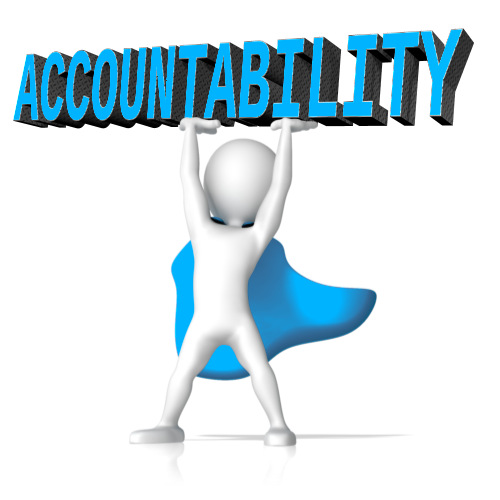Managing Difficult Employees
 We are all aware that difficult employees can have a negative impact on the work environment. Often, difficult behaviors will result in decreased productivity among the team and overall discontent. What we don’t discuss often enough, is how to manage these types of employees in a way that may redesign and strengthen the employee/employer relationship, as well as foster organizational and employee success. Effective management of difficult behaviors can make all the difference in avoiding a chaotic work environment and formal discipline. The following tools are recommended to help manage difficult employees proficiently and professionally.
We are all aware that difficult employees can have a negative impact on the work environment. Often, difficult behaviors will result in decreased productivity among the team and overall discontent. What we don’t discuss often enough, is how to manage these types of employees in a way that may redesign and strengthen the employee/employer relationship, as well as foster organizational and employee success. Effective management of difficult behaviors can make all the difference in avoiding a chaotic work environment and formal discipline. The following tools are recommended to help manage difficult employees proficiently and professionally.
Remember, the goal is to help these employees to channel their individual talents towards improving personal and organizational success, rather than conflict or discontent (we spent the resources to hire/train them, might as well make the effort count)!
I. Identify and Analyze the Problem.
Although few people enjoy confrontation, ignoring the issue is a mistake, as it is not likely to just go away. On the other hand, taking immediate action, without first seeking clarity is also not advisable. You should first observe and evaluate the situation and/or behavior. The following steps can help:
- Collect facts and speak to involved parties;
- evaluate the circumstances; and
- ensure you have a clear perspective before addressing the problem.
II. Confront the Problem.
After appropriately identifying and analyzing the problem, you want to develop a plan for addressing the issue and initiate a “constructive” discussion of the “behavior(s)”. You should anticipate the employee’s reaction and ensure you remain calm, clear, respectful, fair and professional. Review the following guidelines:
- Focus on the behavior, not the person;
- try to identify the cause of the behavior; and
- work to develop a solution together.
III. Document the Discussion.
You’ve now identified the problem, evaluated the situation, and initiated constructive discussion of behaviors and solutions. Next, you must document adequately:
- Write down the key points;
- set expectations for future behavior;
- set consequences; and
- be consistent (no exceptions).
IV. Follow Up.
Things won’t always be solved with just one conversation. It is important that you aim for continuous improvement. You should also take time to work through the company’s processes in case you need to move toward disciplinary action. Things you should consider:
- Be patient;
- provide continuous feedback; and
- repeat as necessary.
V. Manage Your Self-Talk.
“Dealing with difficult employees is never fun. Nonetheless, it is part of your responsibility. A timely, deliberate approach to navigating these awkward situations will help you succeed (Reh, J.H., 2017).” Here are a few things to help you maintain your professionalism, remain positive, and encourage productivity:
- Be encouraging in your thinking and approaches;
- lead by example;
- do what you can to support change;
- refrain from bad-mouthing difficult employees, as this makes you appear weak and unprofessional; and
- be courageous, you have a difficult job but, you must take the necessary action to ensure you’ve done what you can despite how things work out.
